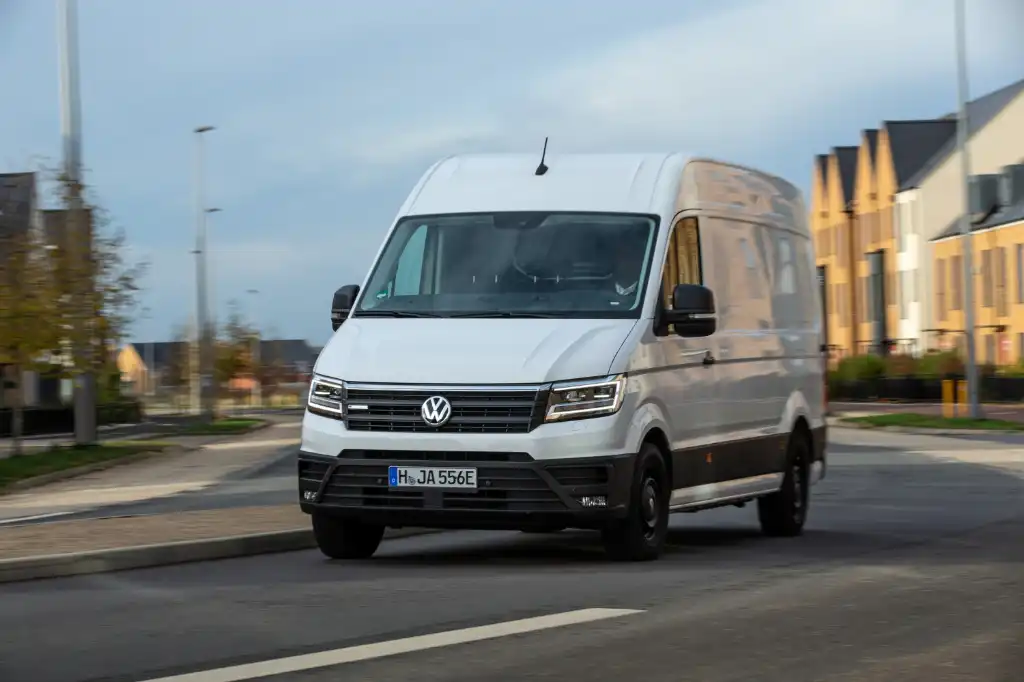
Relying on others to electrify their vans hasn't gone well for VW but in the Volkswagen e-Crafter, the large van market has what Volkswagen claims is its first purpose-built electric vehicle.
That means it should be a lot better than the third-party made Volkswagen e-Transporter which was mostly an expensive let down.
Although the Crafter has been on sale since 2017 in more conventional diesel form, Volkswagen designed its large van with battery power in mind right from the very start.
Unlike the diesel Volkswagen Crafter, the battery-powered version will only come in the one shape and size, to start off with at least. VW has chosen to go with the bodystyle that is its biggest seller – the medium wheelbase, high-roof model.
Despite there being only the one size on offer there is still a choice of payloads – either 0.975 or 1.72 tonnes – depending on whether you go for the 3.5-tonne or 4.25-tonne gross weight version. VW hasn’t confirmed which of these it will bring to the UK, and it might yet offer both, but the good news is that the difference between the two will be minor as far as the driver is concerned.
Volkswagen has a while to make up its mind on that front, though. While the e-Crafter is set to go on sale in Europe in 2019, it is not due to arrive in the UK in right-hand drive format until 2020. VW has said it might bring over some left-hand-drive models next year, but don’t expect that to be in great numbers.
If the German positioning is anything to go by, though, expect it to be priced at a premium – over there it starts at €69,500, which works out at just over £62,000, although that doesn’t include any grants. However clever the technology, it will have to come with a fairly generous level of kit to justify that sort of outlay.
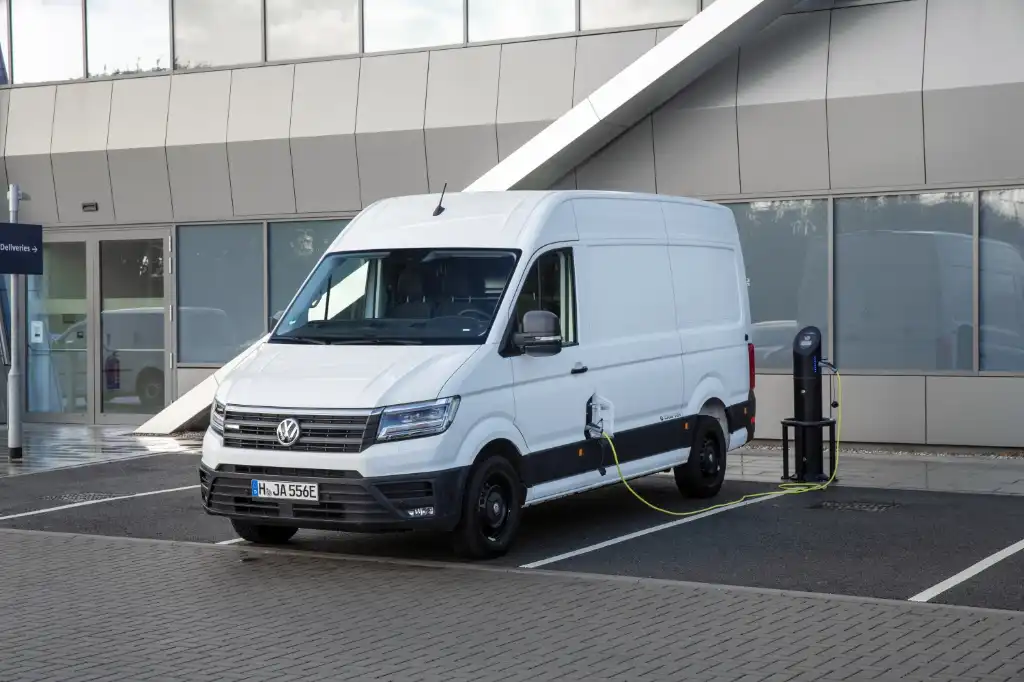
Because VW designed this latest Crafter to be electric-powered from the off, the hefty amount of lithium-ion batteries needed to propel a big van sit neatly under the bay floor without impacting on the loading capacity. It still manages the same 10.7m3 space and 1,861mm interior height.
In fact, the electric Crafter is practically indistinguishable from the diesel version either in the loading bay or up front. The hints that you are in a battery-powered model are few and far between – the automatic gearlever and the dial on the instrument panel that gives information on energy flow and the remaining range are the two main giveaways.
The standard-fit satellite-navigation screen does offer more information on battery usage, but it isn’t intrusive.
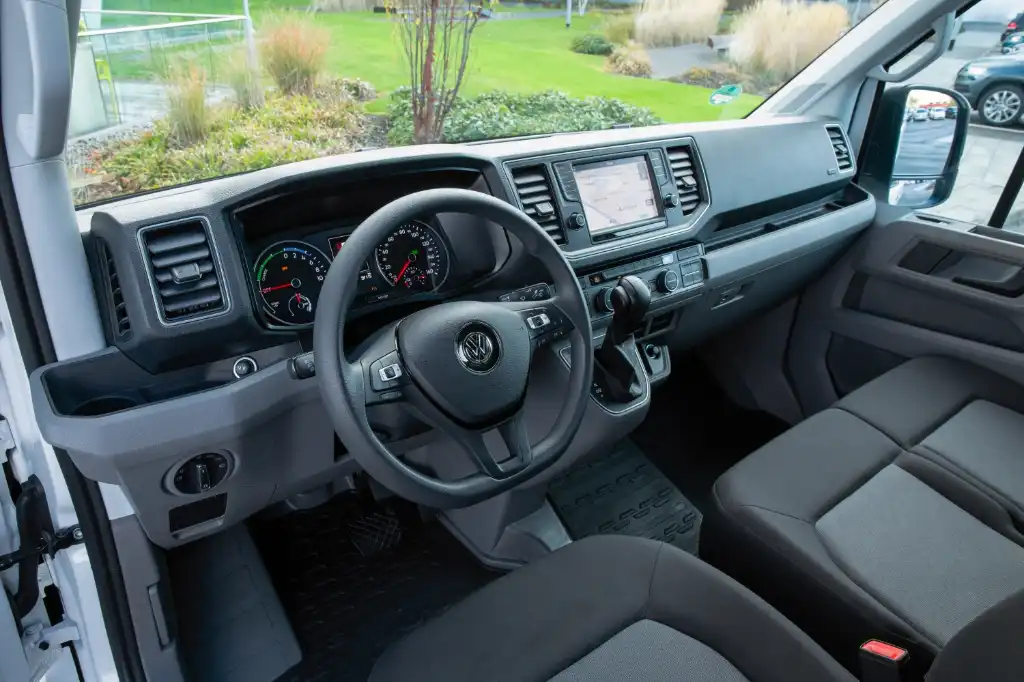
The experience that the driver gets in the Volkswagen e-Crafter is towards the closest yet to that of driving an electric car in van form. The batteries and powertrain are essentially the same as those under the electric version of the Golf hatchback, with a 35.8kW battery and there is a surprising amount of similarity in how the two drive.
Despite its size, the e-Crafter is capable of delivering a welcome and hefty wallop of power that provides a useful ability to dart away from the lights, even with a load on board. However, this won’t translate into a rapid 0-62mph time – the van is limited to 56mph anyway.
The simplicity of the electric Crafter will be welcomed by its drivers. The cabin essentially mirrors that of the diesel version, with no overly complicated elements to dazzle any driver unused to driving an electric vehicle.\
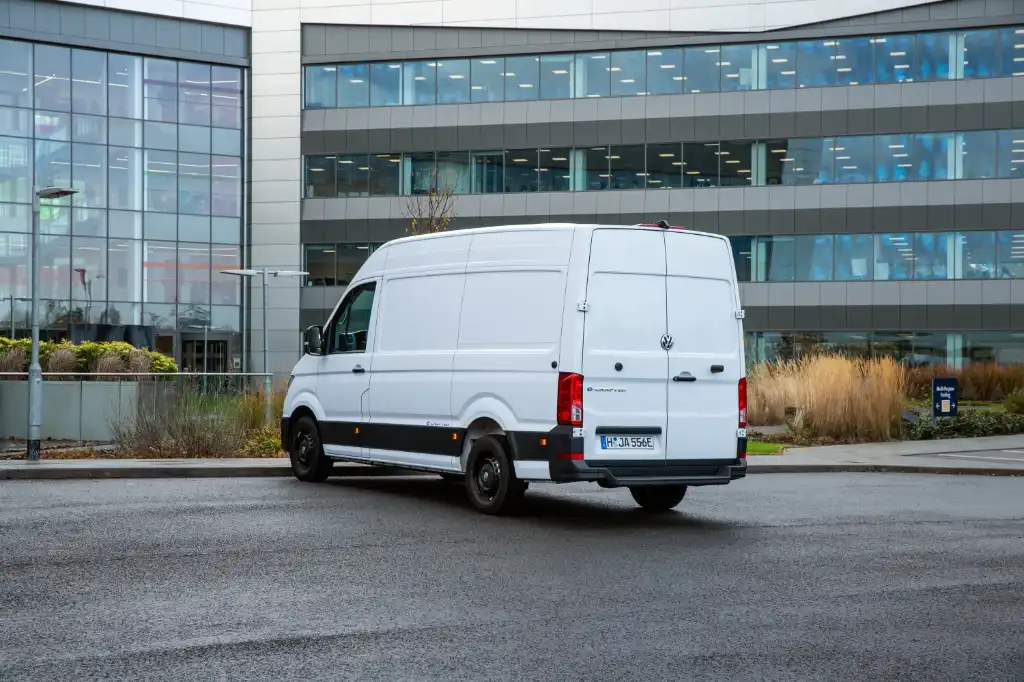
The most notable difference is that drivers have to have their seatbelt on before the e-Crafter will start. Otherwise, getting going is a simple case of turning the key and heading off. With a one-speed automatic gearbox and no trickery it is incredibly easy to leap in and get around town.
This lack of trickery also means there is no Eco mode, so you have to rely on your own right foot to maintain battery levels. The regenerative braking helps, slowing the van down when you ease off the accelerator, but the absence of different modes means that you can’t increase or decrease the amount that the van slows itself down, and therefore replenish the battery, when you do so.
The ride and handling are optimised for urban driving, too, with the steering tight and sharp, and the suspension set up well to deal with lumps and bumps. The even weight distribution and lower centre of gravity brought about by the battery position means that the e-Crafter feels very stable around corners, too.
Although the Golf has an official range of 186 miles, the Volkswagen e-Crafter’s sheer size and brick-wall aerodynamics inevitably take their toll and the official range of the Volkswagen e-Crafter is 107 miles which should translate to around 60 miles of real-world use.
The e-Crafter is certainly the most compelling electric van of its size so far, with many of the good things from an electric car carried over, rather than curtailed. The range isn’t yet great, but it will be enough for many urban-based last-mile delivery firms, and the ability to regain 80% of charge in 45 minutes from a 40kW charging point will allow many to top up in a driver’s break.
The cost might be high, but the number of punitive inner-city charges are only likely to go up in the coming years.
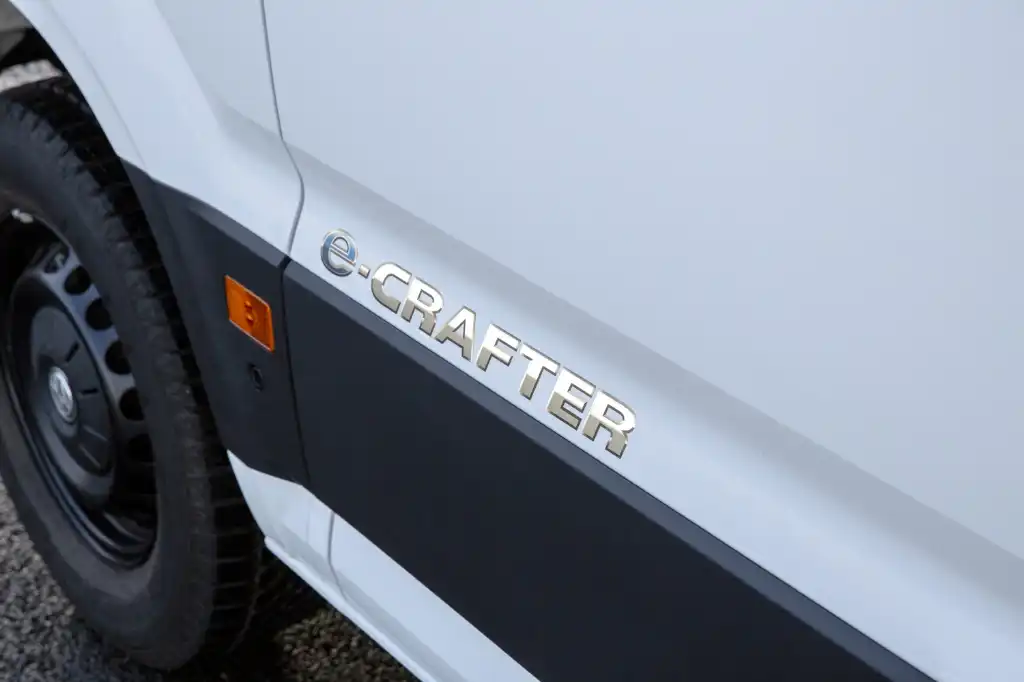
Update:
Since the launch of the Volkswagen e-Crafter there have been a number of new additions to the electric van market. This has left the electric Crafter significantly behind. Newer vans like the Ford E-Transit are much better large electric vans, while the Mercedes-Benz eSprinter offers the premium German feel that Volkswagen customers would appreciate.
At the cheaper end of the scale there's also an option from China with the Maxus E-Deliver 9 a sensibly priced electric van with a decent range and level of equipment.